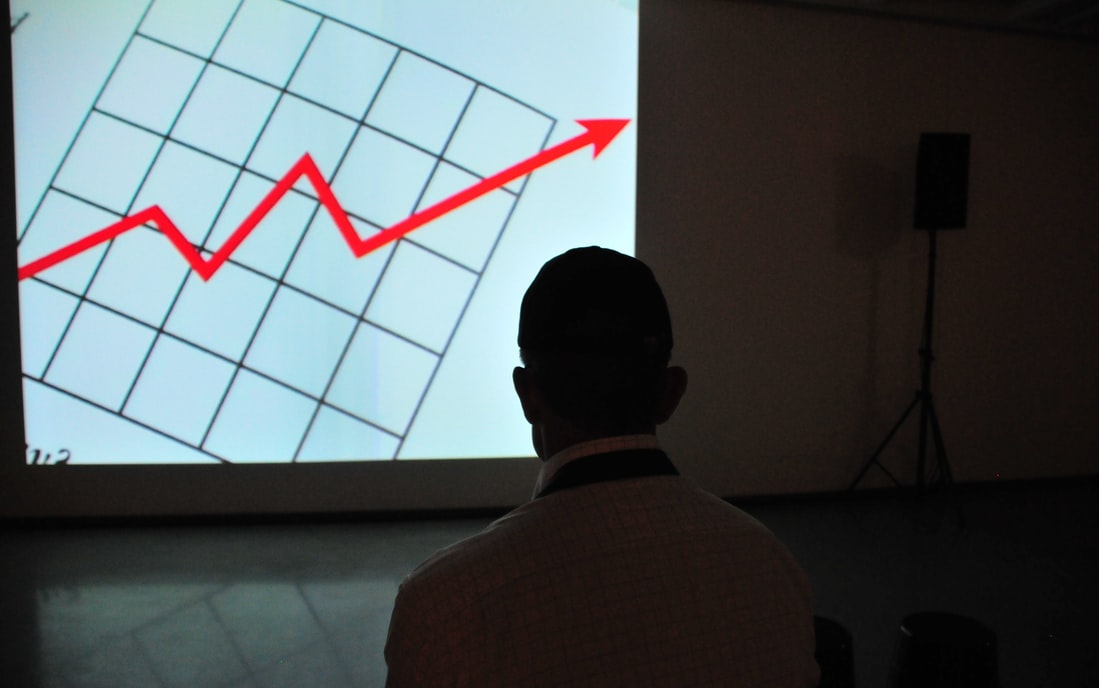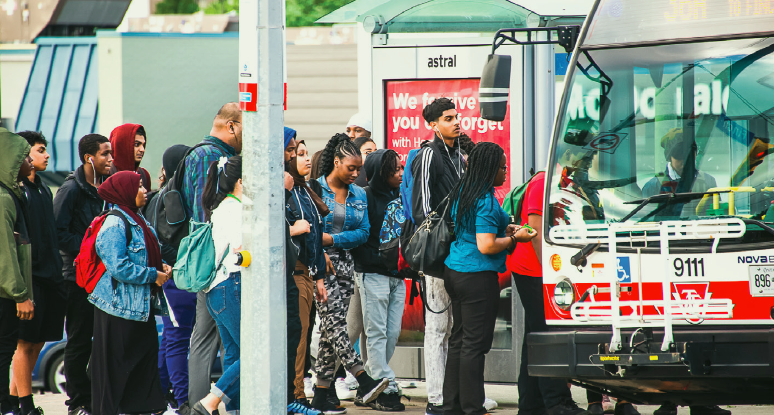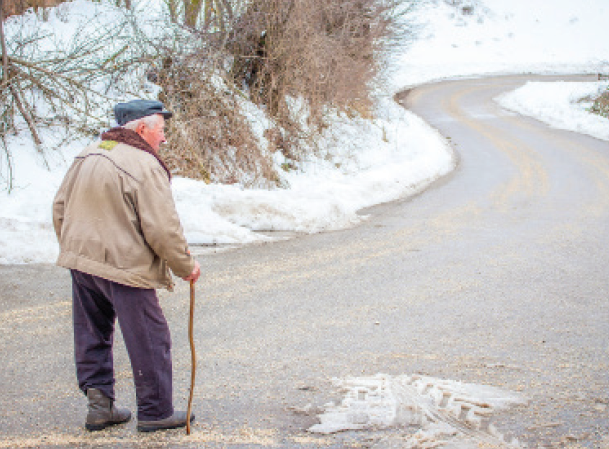On October 16, Toronto City Council voted to launch a $28.5 billion transit plan that will be partially funded by the provincial government. Council’s decision happened after the Premier backpedalled from his original agenda to control the city’s transit system. City Councillors were widely opposed to the upload of the TTC. On November 4, Premier Doug Ford, Ontario Minister of Transportation, Caroline Mulroney and Mayor John Tory made an announcement about the plan.
Mayor Tory said, "Today's announcement is a joint commitment to getting transit built together. I will continue to work tirelessly, as I have done over the last five years, to make sure all three governments are at the table moving transit forward as quickly as possible."
The plan includes the Ontario Line, a downtown relief line to be completed by 2027, and an improved three-stop Scarborough Subway Extension to be finished by 2029-30. It also incorporates the Yonge North Subway Extension to York Region, to be completed by 2029-30, and lastly a light rail addition to the Eglinton West Crosstown to be finalized by 2030-31.
The Premier initially declared his plan to build the Ontario Line back in April, however his pitch did not confirm that he would incorporate the Mayor’s Smart Track approach at that time.
The Premier has called on the newly re-elected Prime Minister Trudeau to further his investment in the future of Toronto’s public transit.
"Working with all three levels of government, we are clearing the roadblocks and getting shovels in the ground - now we are asking the federal government to commit to increasing their contribution and funding their fair share," said Premier Ford.
The federal government has an opportunity to verify its commitment to the plan by providing an updated breakdown of its contributions. Toronto will re-allocate nearly $3.8 billion in the federal funding that they have already received to build transit. Minister Mulroney reinforced that the existing subway system would remain the City's responsibility to maintain, while the province would undertake partial responsibility of the four extensions, which includes capital costs.
Shelagh Pizey-Allen, from the public transit advocacy group, TTCriders, highlighted the importance of having guaranteed timelines from the province and implementing integrated fares to ensure equitable access to transit. She also reinforced the value of public consultations to provide inclusiveness in an on-going conversation about Toronto’s transit system.
"Before City Council rubber-stamps a deal with Premier Ford, they must guarantee that any new transit lines are built without delay, integrated with the TTC for a single fare, respect community concerns with meaningful public consultation, and be publicly delivered and owned by the TTC," said Shelagh Pizey-Allen.
While breaking ground is seen as progress in a City that needs transportation infrastructure sooner than it can be built, Torontonians are left speculating whether these extensions will be built in time to welcome pending population booms. Given that the Premier has cutback on public services, residents are left hoping that the province will honour their promise to improving public transit in a timely, cost-effective approach.










